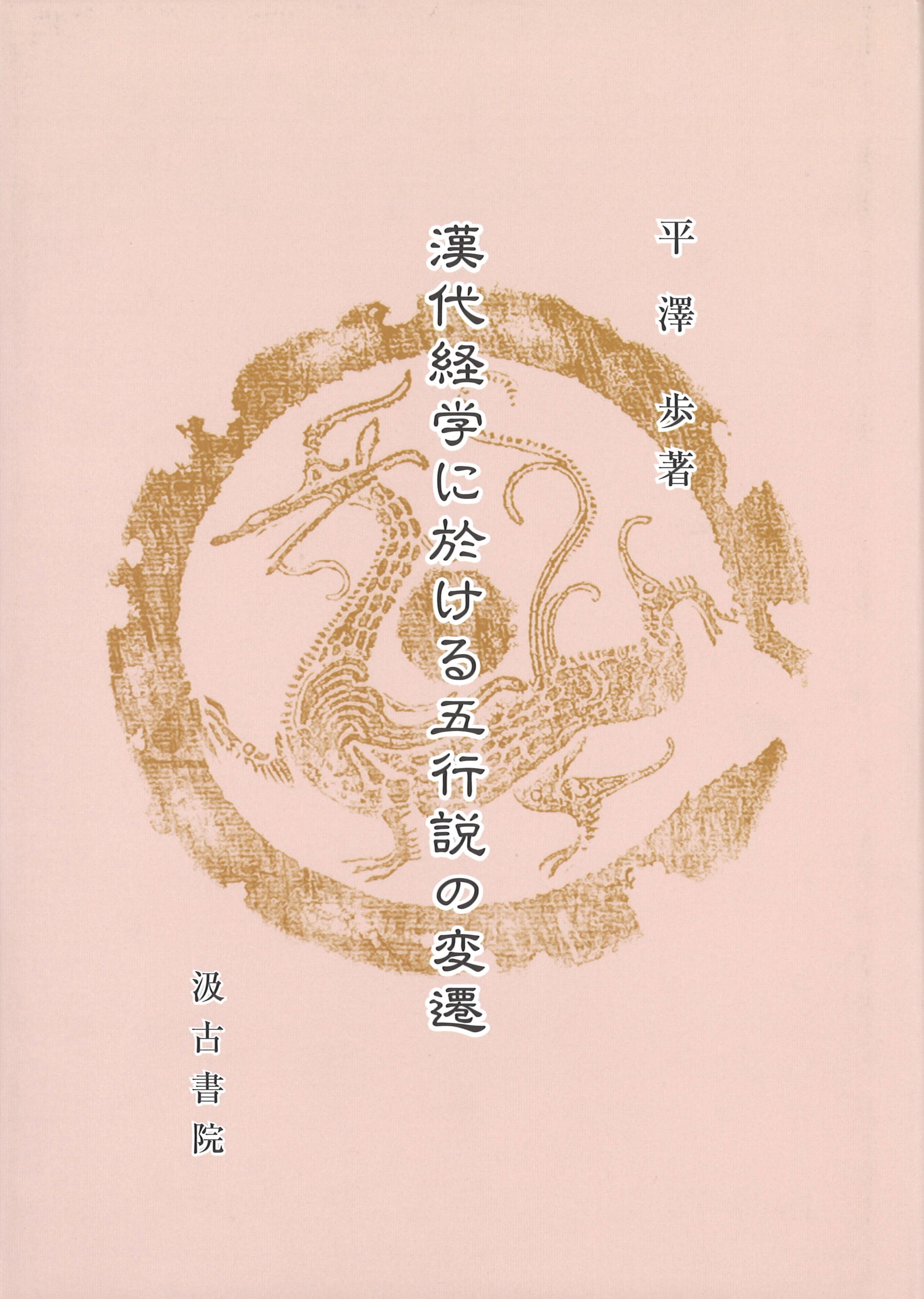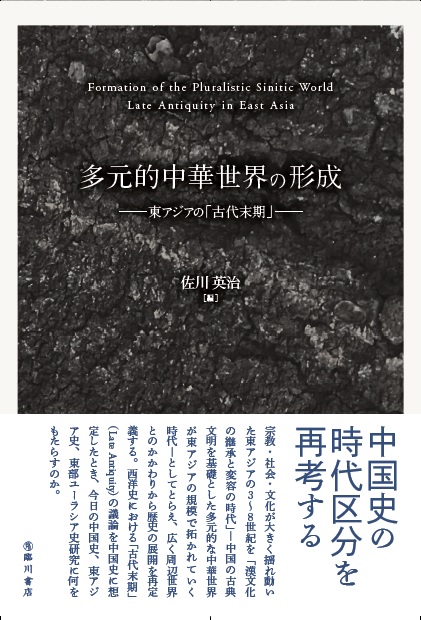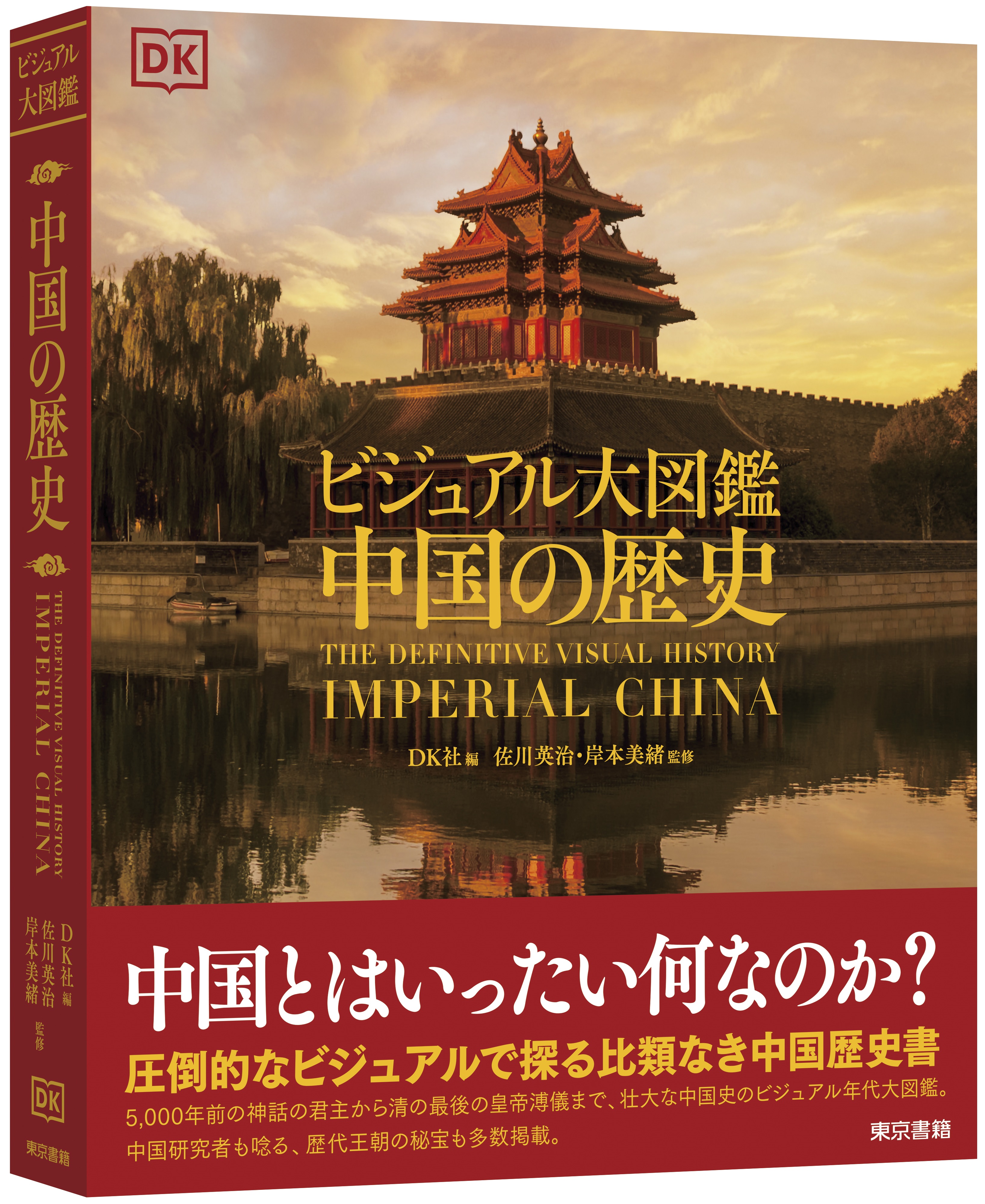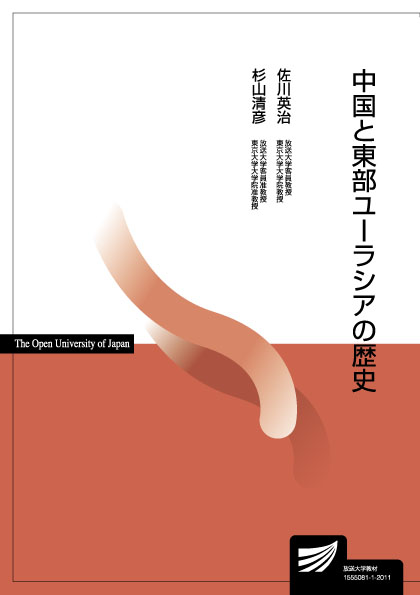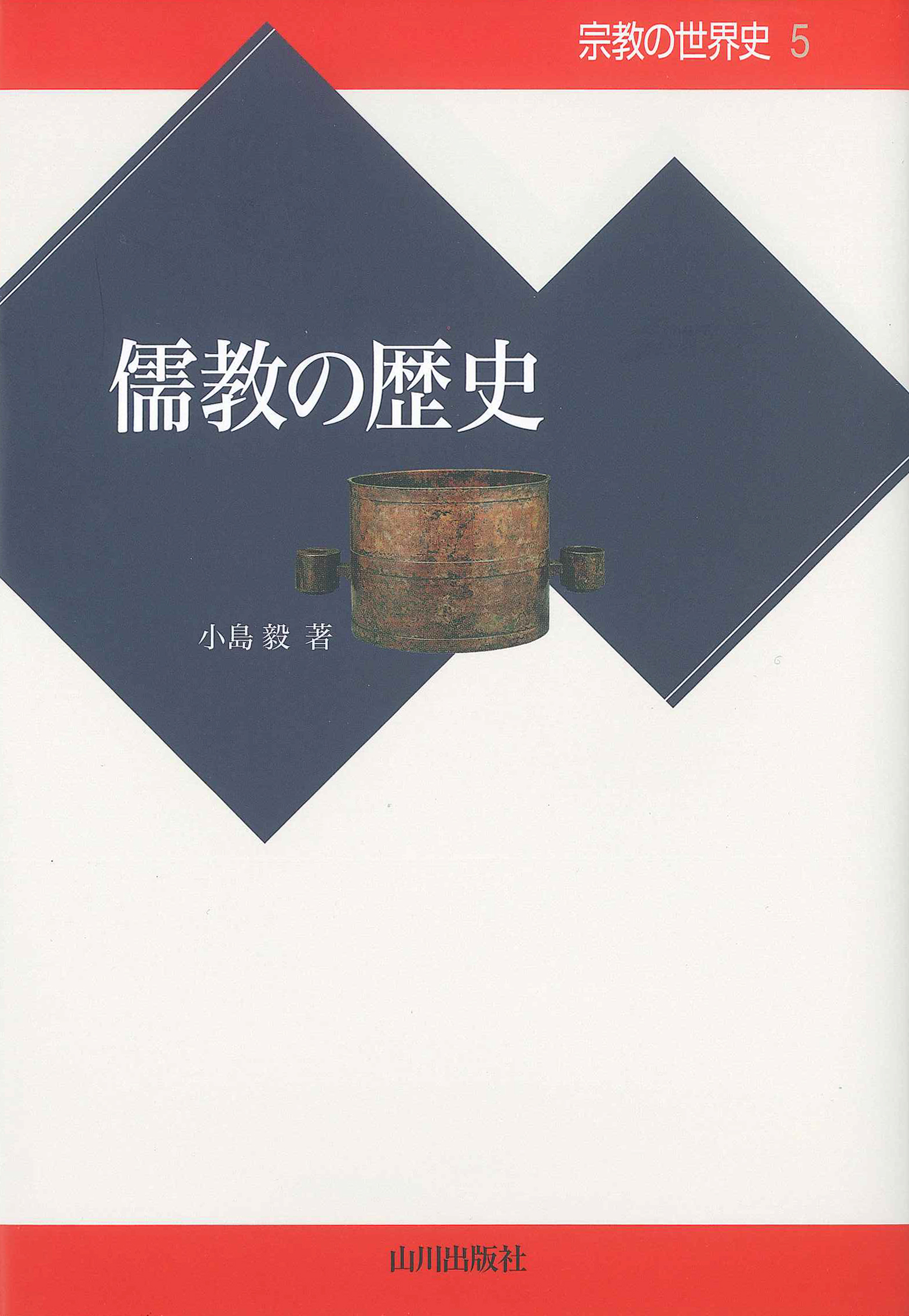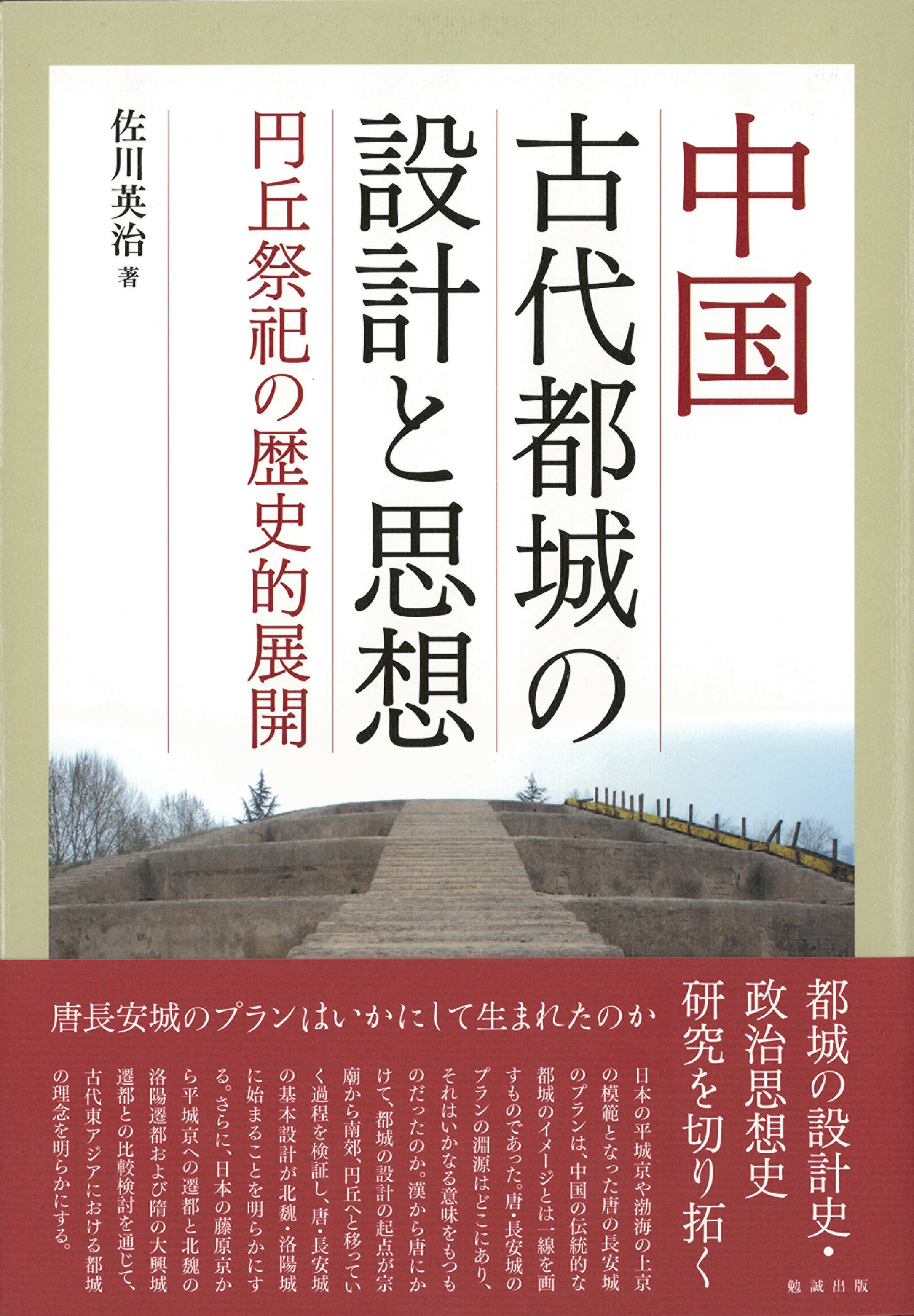
Title
Chūgoku kodai tojō no sekkei to shisō: Enkyū saishi no rekishiteki tenkai (Capital City Planning in Ancient China and Its Underpinning Ideas: Historical Development of Sacrifices at the Circular Altar)
Size
320 pages, B5 format, hardcover
Language
Japanese
Released
February 26, 2016
ISBN
978-4-585-22143-2
Published by
Bensei Publishing Inc.
Book Info
See Book Availability at Library
Japanese Page
Chang’an is the capital of the Tang dynasty, which became a model for other capital cities in East Asia. This book examines in historical perspective how the city plans for Chang’an of the Tang dynasty had been formed. Because the plans for Chang’an of the Tang dynasty were also adopted for Heijōkyō and Heiankyō in Japan and for Sanggyeong (Shangjing) in Balhae (Bohai), they are often considered typical examples of Chinese capital cities. In fact, however, these plans differed from the plans for capital cities described in the Confucian classics and also differed from the plans for Chang’an when it was the capital of the Former Han and for Luoyang when it was the capital of the Later Han. That being so, when and how did the plans for Chang’an of the Tang dynasty come into being? This is a question that has been repeatedly posed by Japanese and Chinese researchers ever since the beginning of the twentieth century, when it came to be recognized that Heijōkyō had been modelled on the Tang capital Chang’an.
In the preceding research studies, however, this question has been considered with emphasis on the external characteristics of those capital cities and the character of their buildings. As a result, the preceding researchers had been often disturbed by their own subjective understanding, and thus what drew their attention led to difference in which period they attached the epoch-making significance to. Accordingly, in this book, I make use of the latest archaeological findings to reconstruct the capital cities in ancient times, summarizing the debates on the capital cities of each period in terms of philology and paying attention to what the people of each period set the starting point at when they designed their capital cities. I also show how the starting point in the planning of capital cities shifted from the imperial ancestral temple to the capital’s southern suburbs and then to the Circular Altar between the Han and Tang dynasties. These were all ritual sites where the emperor worshipped his ancestors or made sacrifices to Heaven, and the shift from the imperial ancestral temple to the southern suburbs and then to the Circular Altar suggests that the focus of imperial sacrifices gradually shifted from the worship of imperial ancestors to the worship of Heaven.
It was under the rule of the Northern Wei, a dynasty founded by the northern nomadic people, that the Circular Altar to perform sacrifices to Heaven became the site for the most important state sacrifices and the starting point for planning of a capital city. In A.D. 494, the Northern Wei relocated its capital from Pingcheng (modern Datong) near the Mongolian Plateau to Luoyang and built a capital city there. A grand avenue, or imperial way, was constructed between the imperial palace called the Hall of the Grand Ultimate and the Circular Altar, which stood facing it, and there were born the plans for a city laid out symmetrically on both sides of this avenue in a grid pattern. It was at this moment that the axial line, which corresponds to Zhuque Avenue in Chang’an of the Tang dynasty and Suzaku Avenue in Heijōkyō of Japan, came into being in city planning. This change was considerably influenced by the sacrifices to Heaven that were distinctive of the Northern Wei, which had aimed to integrate their inherent nomadic culture with the culture of the Han Chinese.
These plans were adopted in Japan for Heijōkyō, a capital city built in the beginning of the eighth century. The completely different plans, however, had been used for Fujiwarakyō, the predecessor of Heijōkyō and Japan’s first capital city built in the second half of the seventh century; the plans for Fujiwarakyō were quite similar to those for the traditional Chinese capital cities. Since the early seventh century, Japan (or Wa) had been sending their missions to the Sui and Tang dynasties and had come into contact with the culture of Sui and Tang China. At the same time, the seventh century also was a time of upheaval for East Asia, during which the Sui and Tang dynasties repeatedly made attempts to invade the eastern regions. Since around the end of the seventh century, however, peace had been maintained in East Asia under the presence of the Tang dynasty, partly because of the rise of Tufan (Tibet) in the west and the Türks and Uighurs in the north of China. The relocation of the Japanese capital to Heijōkyō was caused by a change in policy of the Japanese court; they decided to accept the culture of the Sui and Tang, which had inherited the influence of the nomadic culture originated in the Northern Wei, regarding it as quintessentially Chinese.
(Written by SAGAWA Eiji, Associate Professor, Graduate School of Humanities and Sociology / 2017)



 Find a book
Find a book


